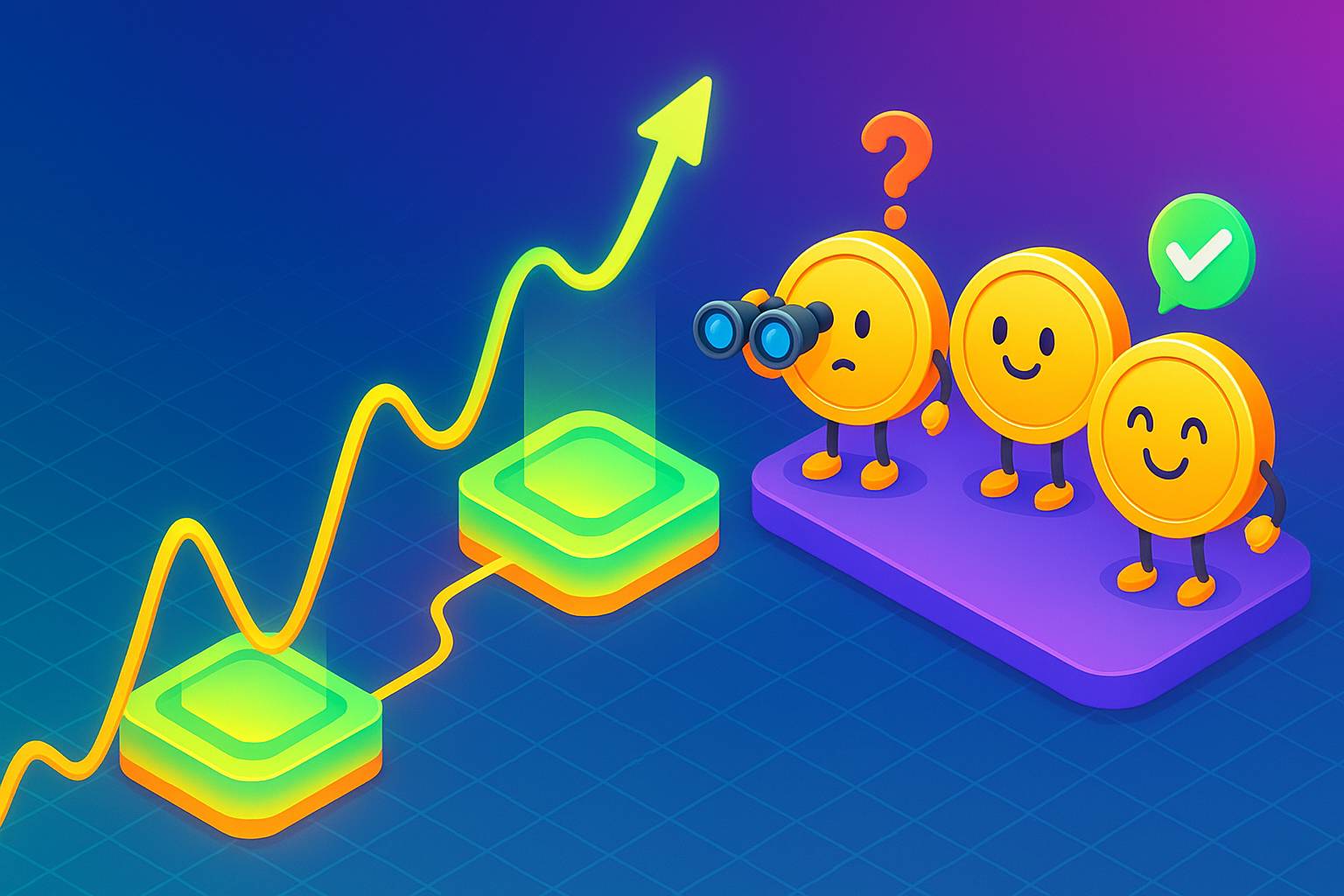Table of Contents
- Quick Overview of Stochastic RSI
- Diving Into Stochastic RSI
- Essential Stochastic RSI Terminology and Concepts
- Evaluating Stochastic RSI Against RSI
- Is Stochastic RSI an Effective Tool?
- Applying Stochastic RSI in Trading
- Strategies for Maximizing Stochastic RSI Use
- Wrapping Up
- Common Queries About Stochastic RSI
- 1. How is Stochastic RSI Defined?
- 2. Which Is Preferable: RSI or Stochastic RSI?
- 3. What Do the Two Lines in Stochastic RSI Represent?
- 4. What Supplementary Indicators Should Be Used with Stochastic RSI?
- 5. What Is the Best Timeframe for Stochastic RSI?









